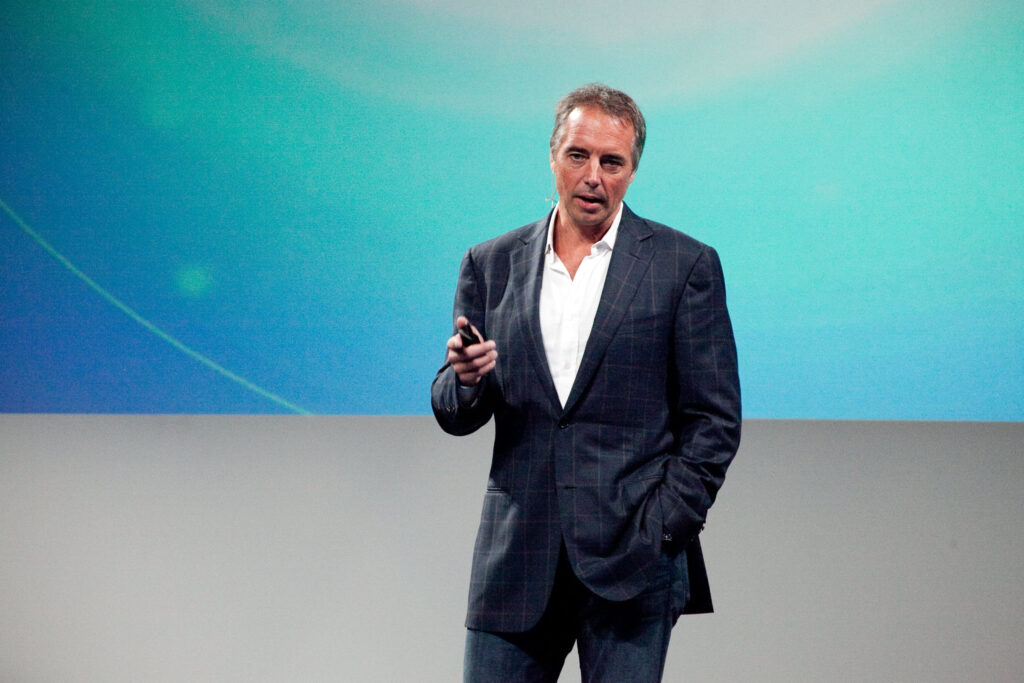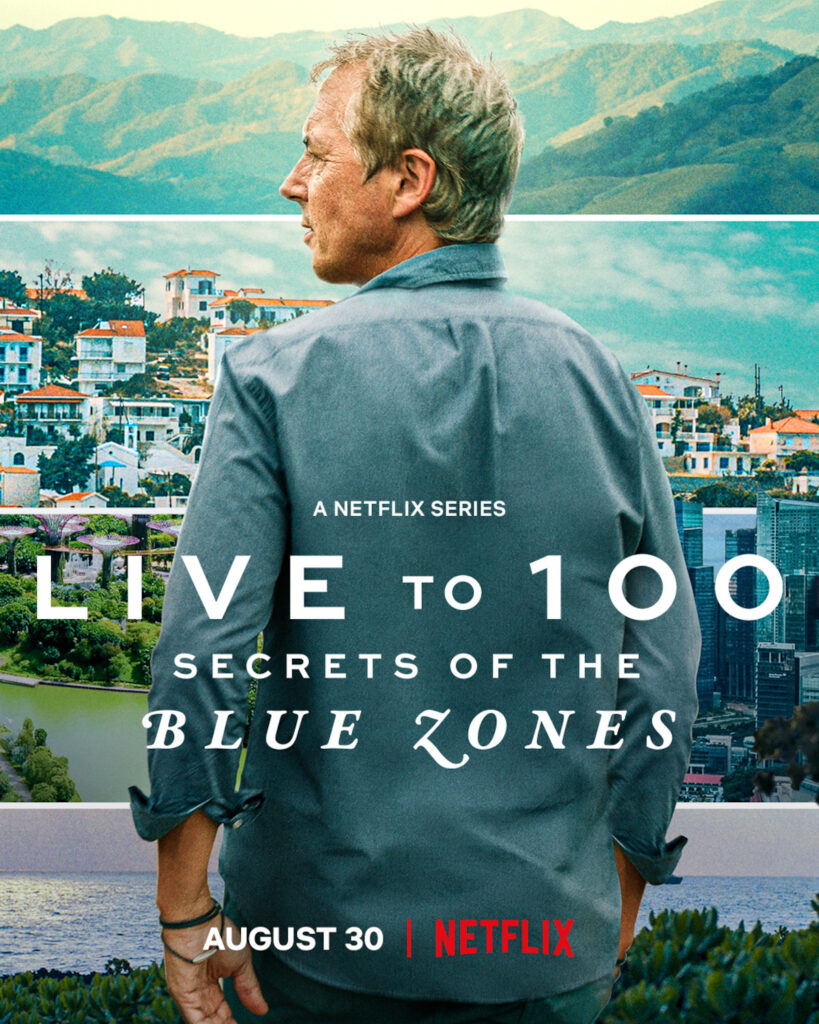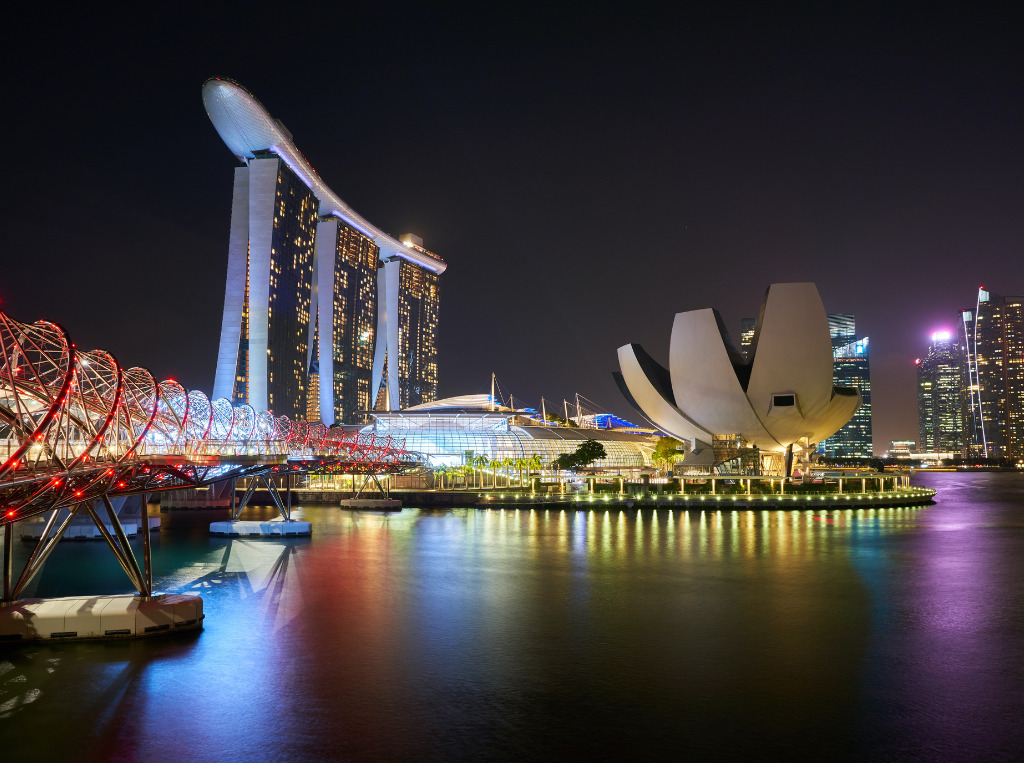Netflix Documentary ‘Live to 100’ Names Singapore the World’s Sixth Blue Zone
4 Mins Read
Author and explorer Dan Buettner, co-founder of the Blue Zones certification, has announced a sixth addition to the list, Singapore, in the new Netflix documentary, Live to 100. Blue zones are regions where people live longer than average, and Buettner calls Singapore an “engineered blue zone” representing healthy longevity.
The current five blue zones are Sardinia (Italy), Okinawa (Japan), Nicoya (Costa Rica), Icaria (Greece) and Loma Linda (California). The regions are found to have some of the longest-living populations, owing to regular movement (like walking) and whole-food plant-based diets.
The concept of the blue zones was introduced by Michel Poulin and Gianni Pes, who were demographic researchers and identified Sardinia as the world’s first blue zone. Buettner – who was working for National Geographic as an explorer and writer – built on their work, proposing the other four locations.
Singapore: the 6th blue zone

In his latest book, The Blue Zones: The Secrets for Living Longer, and new Netflix documentary Live to 100: Secrets of the Blue Zones, Buettner announced Singapore as the sixth location on the list. The island nation has seen life expectancy grow by 20 years since 1960 to reach 85 – the highest in the world, according to Buettner.
Speaking to Fortune, Buettner said he was first intrigued by Singapore in 2005 when writing for National Geographic. “In addition to having very high life satisfaction, they were producing the longest and healthiest population,” he explained. Lauding its policy incentives, health spectrum and landscape, he calls it “blue zone 2.0 – the next frontier of ageing” in his book.
Unlike the original five blue zones, whose longevity stems from history, culture and tradition, Buettner said Singapore’s transition to an urban hub is what puts it on the list: “It’s an engineered blue zone, instead of one that emerged organically like the other five. They have manifestly produced the outcome we want.”
Among the key aspects Buettner identified in Singapore are policies helping keep people across demographics engaged, walking and purchasing healthy food. This includes walkways that protect residents from the sun, helping them get to between 10,000-20,000 steps a day; high-rise buildings that mean citizens congregate at local markets and outdoor spaces; subsidies on whole foods and reduced sugar in sweetened beverages; and hospitals that mirror luxury hotels.
“They just live in a place where healthy food is subsidised and junk food is taxed. Driving your car is taxed and walking is subsidised,” Buettner told ABC News. “They’re very hard on drugs. And the most interesting thing? If your ageing parent lives with you or within about 500 yards, you get a tax break, and that kind of assures that older people are cared for and don’t rely so heavily on retirement homes, which aren’t necessarily healthy.”
Economic security trumps health issues

The naming of Singapore as a blue zone comes despite certain health issues becoming more prevalent in the city-state. There was a small rise in the number of residents with diabetes between 2010 and 2017, and this number is predicted to grow from 8.6% in 2017 to 13.7% in 2030. The country has also seen a spike in adult obesity rates from 8.6% in 2017 to 10.5% in 2019/20.
Singapore’s National Steps Challenge, which incentivises its citizens to walk by rewarding them with points that can be redeemed in restaurants and retailers, also saw a change in its rules earlier this year. Originally, there was a three-tiered system with the highest benchmark of 10,000 steps a day bagging you 40 points, but that has been reduced to a single tier of 5,000 steps, so there are no extra rewards for people who register more daily steps.
Despite that, however, Singapore’s population is both financially and educationally secure. According to the the World Bank, the country has the second-highest GDP per capita (in terms of purchasing power parity) and 10th-highest gross national income per capita in the world. Additionally, Singaporeans have a literacy rate of 97%, and the nation is also hoping to boost its food security by localising production via its 30 by 30 initiative.
It’s policies like this that make it a blue zone 2.0. “The big insight with the Blue Zones has been that longevity ensues over time,” Buettner told Well+Good. “It’s not something you have to try to convince people to pursue; rather, it happens where the healthiest choice is the easiest choice.”



